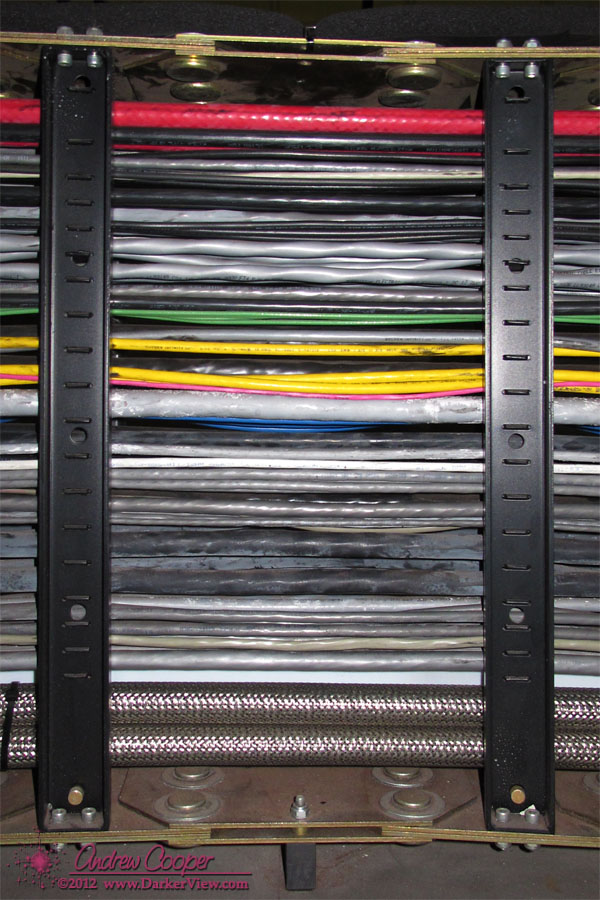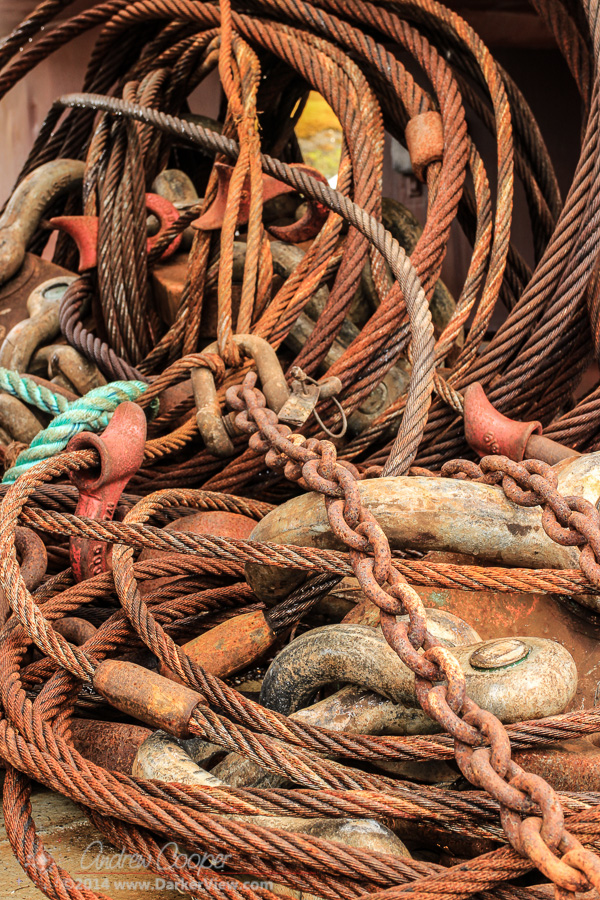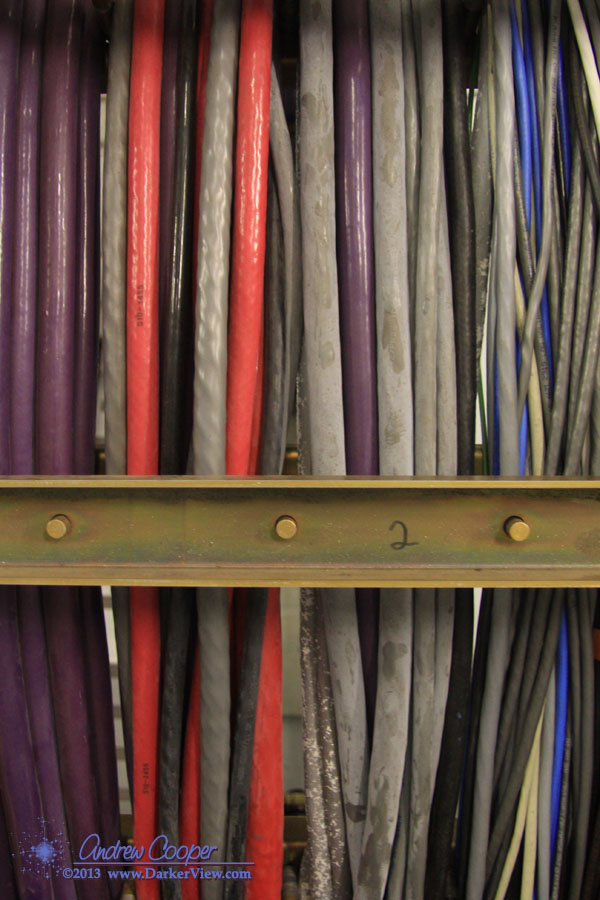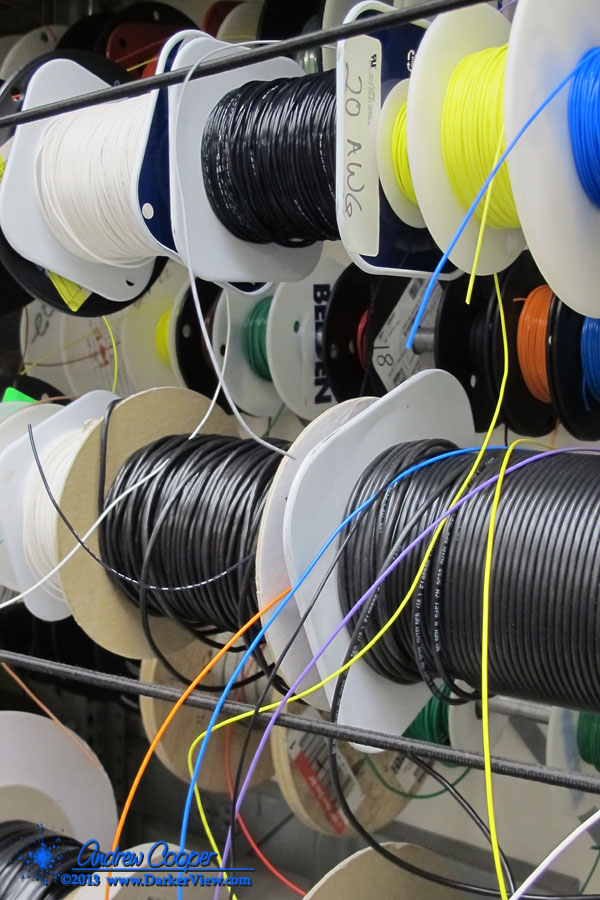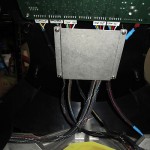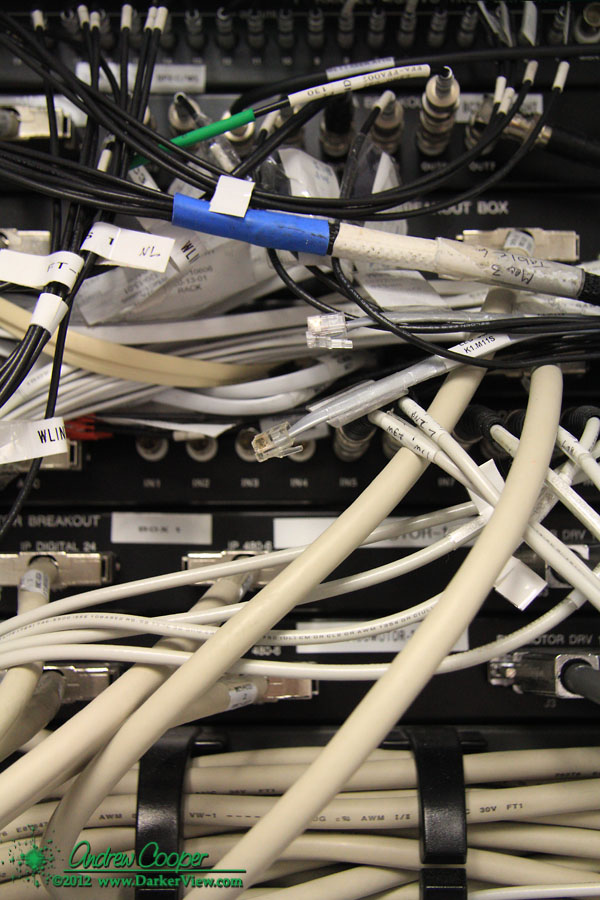
Tag: cable
Spooled
Postcard from Alaska – Cable and Chain
Elevation Cable Wrap
AO Cabling
Postcard from the Summit – Wire
Rewiring a Celestron NexStar Telescope
The original NexStar telescopes are great instruments. Ours has seen many uses, from dark skies to not so dark skies as it has been set up in the Arizona Desert, the summit of Mauna Kea, or various school yards and resorts for public viewing. It has been used as a visual instrument, a photographic ‘scope, even done a little real work.
For the most part the scope has worked well, and has been well maintained, even updated with the latest hand pad controller. But on occasion there is a problem… connection issues would crop up. The dreaded “No Response 16” or “No Response 17” errors would appear, indicating that the motor control board is not talking. This would result in having to power cycle and realign the telescope.
Lately the errors have become more problematic. The last straw was a public event I recently used the telescope for, setting up the telescope for Halloween. Continual errors plagued the evening, a constant struggle. While the scope usually tracked, I could not use GOTO as each alignment was quickly off by just enough to be useless.
I have had the telescope apart too often in attempts to fix this, inspecting and re-seating the cables. This usually works, the problem will go away, for a while.
In general I like what I see inside the telescope. A well designed piece of kit with good components. Decades of taking gear apart have provided me so many examples of poor or good design. Inside the NexStar I just like what I see. The telescope is easy to get apart, just a few screws to remove each cover, exposing everything you might need to work on. The designers of this telescope obviously took pride in their work, it shows.
The exception to this is the wiring. There are a number of issues that can create trouble. Or rather there were a few issues, I just took care of that…
Continue reading “Rewiring a Celestron NexStar Telescope”Postcard from the Summit – Interferometer Cabling
Postcard from the Summit – Azimuth Wrap
The massive set of cables going into the telescope must twist as the telescope rotates. Besides cables there are also hoses to carry high pressure oil, glycol coolant and compressed air. To accommodate the rotation, these cables and hoses go through a large assembly called the Azimuth Wrap. Looking a bit like an oversize bicycle chain with cable laced through the links, the wrap insures the cable does not kink, tangle or stretch as the telescope sweeps back and forth.
Lacing new cable through the wrap is an intricate task of threading through the metal comb that supports the cables in each link. See the little pink one in the middle, just did that…
